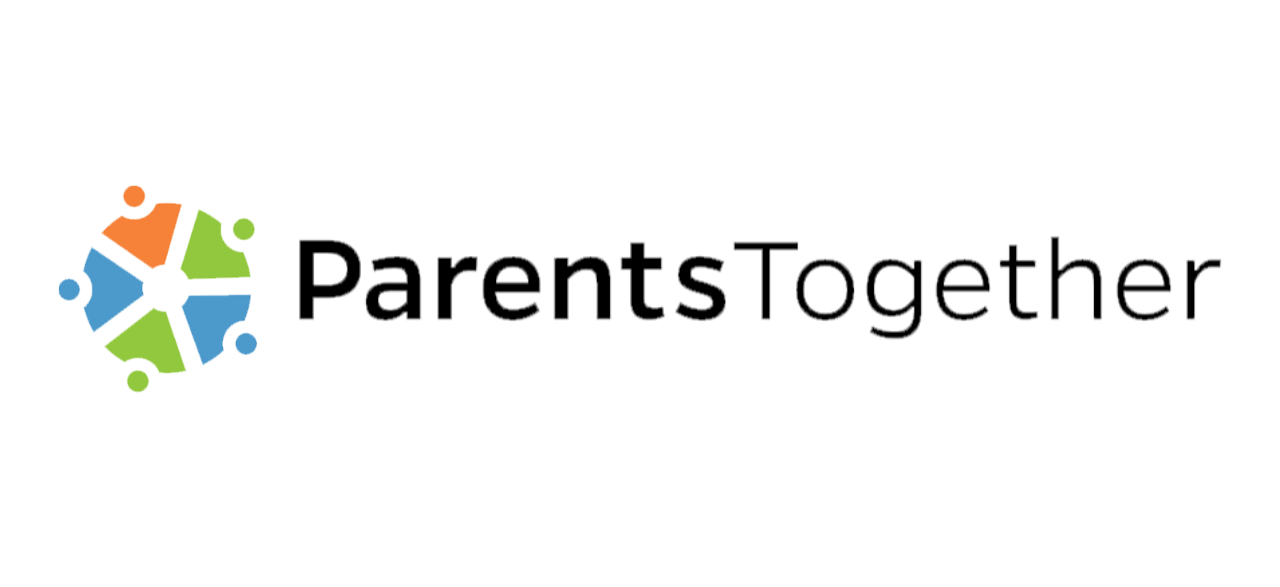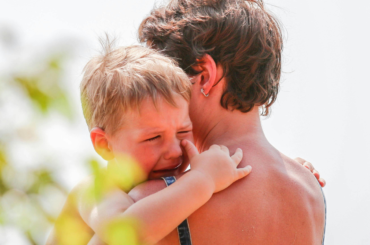As some school districts and local governments across the country continue to restrict access to books in schools, an Oklahoma teacher has resigned after providing her students with a code to access banned books for free online.
Last year, Oklahoma legislators passed a law that prohibits schools from “engaging in race or sex-based discriminatory acts … which result in treating individuals differently on the basis of race or sex or the creation of a hostile environment.” To avoid violating the highly subjective law, Summer Boismier, a high school teacher in Norman, Oklahoma, resorted to covering her classroom library with butcher paper.
To fill in the gaps and encourage her students to seek out books independently, Boismier provided them with a QR code to access Books UnBanned, a Brooklyn Public Library program offering students digital access to banned or challenged books. This move prompted complaints which led to Boismier resigning from her teaching role.
This is just the latest example of school faculty facing backlash because of restrictive classroom laws. Unfortunately, efforts to restrict access to books have been growing in recent years. The American Library Association (ALA) documented 681 efforts to ban or restrict 1,651 unique titles between January and August of this year. That number is already close to overtaking the total number of attacks on library resources that the association cataloged in 2021, which was in turn the highest number of attempted book bans in the whole 20 years the ALA has compiled these lists.
Why is banning books harmful?
The stifling of teachers’ voices and students’ free access to educational materials is harmful for kids in a number of ways. Since many of the books that are being challenged in schools center LGBTQ+ characters or characters of color, these bans often end up silencing the stories of people who are already marginalized in society.
Some books are challenged because of content related to topics like drugs, sex, or suicide. However, presenting challenging content to children in the context of literature is actually a safe way to open up conversations with them about difficult topics, especially in the environment of a classroom with a knowledgeable teacher to help them understand and process what they’re learning. Reading depictions of sexual situations, violence, suicide, racism, or other frequently banned types of content, can give young readers the vocabulary to talk about topics that may otherwise be hard for them to address.
There’s also historical importance to allowing kids to access often-challenged stories. For example, the graphic novel Maus, an unflinching depiction of the Holocaust, was removed from schools in Tennessee earlier this year. The book by Art Speigelman was told from the perspective of both the victims and perpetrators of the genocide. Powerful first-person accounts are the best way to convey the significance of the atrocities — rather than the gentler, more removed texts and fables that often replace books like Maus in school libraries.
Education experts — as well as 74 percent of parents — agree that book bans don’t have merit and aren’t intended to protect kids, but instead are pushed by politicians who are using students as political pawns. “Efforts to censor entire categories of books reflecting certain voices and views shows that the moral panic isn’t about kids: it’s about politics,” ALA President Lessa Kanani’opua Pelayo-Lozada said in a statement. “Organizations with a political agenda are spreading lists of books they don’t like.”
8 tips for families facing book bans
If your family lives in a district where books are being challenged or banned, there are several resources you can use to continue accessing restricted books for free —
- Books UnBanned: This is the resource that Boismier shared with her students. This program of the Brooklyn Public Library that gives access to anyone between ages 13 and 21 to a free eCard that provides access to their full eBook collection, as well as their learning databases. Their Books UnBanned collection features a list of frequently challenged books that are free for immediate download without any waiting period.
- Books for All: This program of the New York Public Library features a selection of often-challenged books for every age group. The books are available to everyone in the US, with or without a library card. To access the collection, first download the SimplyE app. Then enter your birthdate under the “Books for All” section to get started (readers under the age of 12 will only have access to books for young readers).
- Authors Guild Banned Books Club: This book club is hosted by the reading app Fable, and is free to join. Club members will get access to a new banned or challenged book every month and have the opportunity to engage with the author.
- ManyBooks: Free eBook database ManyBooks has a section dedicated to banned books. Their selection of books is available for free download, or to read online in your web browser.
There are also steps you can take to push back against laws restricting books for students in your area —
- Learn about local policy: Read the specific book-restricting policy or law that applies to your local district so that you fully understand what is being proposed or what has been passed. The text of these policies should be available on your school board’s website.
- Voice your opinion: Getting involved on whatever level you have capacity for is vital for pushing back against restrictive classroom laws. Attending school board meetings and speaking your mind there is the most impactful way to get your message across, but you can also contact the school board with your concerns, voice your thoughts to like-minded parents, or write in to your local news about what’s going on.
- Get your kids involved: If they’re old enough to understand, you can fill your kids in on what’s going on in their school district and get them involved. This tip sheet for students by PEN America walks kids through steps they can take if a book is banned in their school. One helpful thing students can do is to report book bans to the American Library Association and the National Coalition Against Censorship.
- Read at home: If your kid’s school is banning books, make a point to read them together at home and talk through why they’re being challenged and why they’re important stories to read. Getting your kids to think critically about what they’re exposed to (or not exposed to) at school is a big way to push back on the harmful effects of restrictive classroom laws.







